
BIPAP Ventilation: Managing Gastric Distention and Improving Comfort
Learn how to prevent and manage gastric distention during BIPAP ventilation. Explore causes, symptoms, and solutions for safer positive pressure therapy.
We use cookies to help you navigate efficiently and perform certain functions. You will find detailed information about all cookies under each consent category below.
The cookies that are categorized as "Necessary" are stored on your browser as they are essential for enabling the basic functionalities of the site. ...
Necessary cookies are required to enable the basic features of this site, such as providing secure log-in or adjusting your consent preferences. These cookies do not store any personally identifiable data.
Functional cookies help perform certain functionalities like sharing the content of the website on social media platforms, collecting feedback, and other third-party features.
Analytical cookies are used to understand how visitors interact with the website. These cookies help provide information on metrics such as the number of visitors, bounce rate, traffic source, etc.
Performance cookies are used to understand and analyze the key performance indexes of the website which helps in delivering a better user experience for the visitors.
Advertisement cookies are used to provide visitors with customized advertisements based on the pages you visited previously and to analyze the effectiveness of the ad campaigns.

Learn how to prevent and manage gastric distention during BIPAP ventilation. Explore causes, symptoms, and solutions for safer positive pressure therapy.
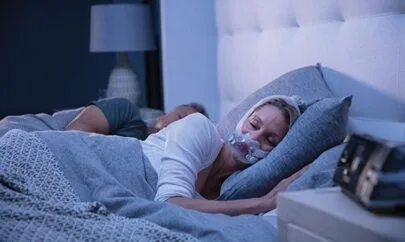
Find out the truth about CPAP machines and oxygen use. Learn whether CPAP delivers oxygen, how it differs from oxygen therapy, and common sleep apnea myths.

Learn what ramp time on a CPAP machine means, why it matters for new users, and how adjusting ramp settings like on the ResMed AirSense 11 can improve comfort.
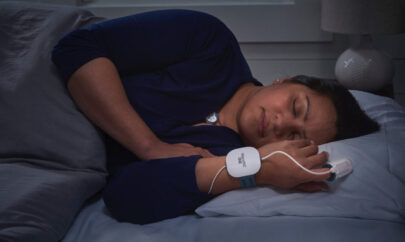
Discover how home sleep testing with WatchPAT works, why it’s reliable, and what to expect from your at-home sleep apnea test results.
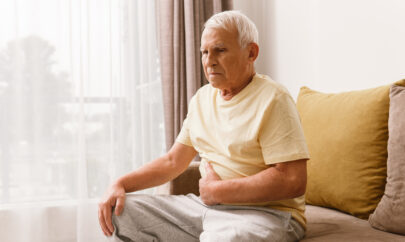
Continuous Positive Airway Pressure (CPAP) therapy is used in the management of obstructive sleep apnea (OSA). A machine is used
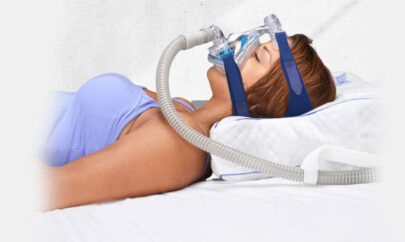
Obstructive sleep apnea is a serious sleep disorder characterized by pauses in breathing due to collapse of the upper airway
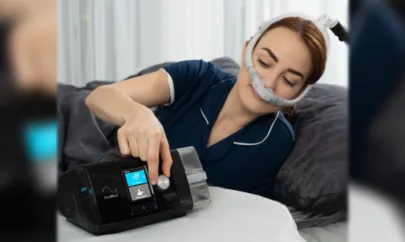
Sleep apnea is a serious sleep disorder that is characterized by pauses in breathing during sleep – accompanied by snoring,
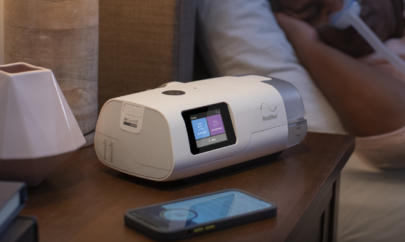
BiPAP (Bilevel Positive Airway Pressure) therapy is used in the management of obstructive sleep apnea (OSA) and other sleep-related breathing
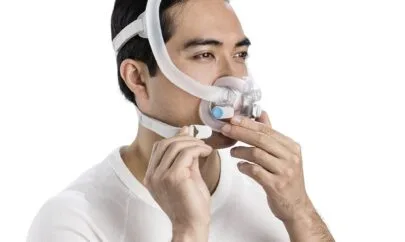
CPAP (Continuous Positive Airway Pressure) machines are used to treat sleep apnea to deliver pressurized air through a mask to

Learn about the benefits of using CPAP while awake, how it trains your lungs, enhances sleep apnea therapy, and helps with shortness of breath during the day.
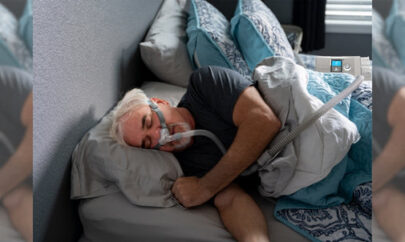
Discover the best BiPAP accessories, including masks, humidifiers, pillows, and ResMed supplies, to enhance comfort and improve sleep therapy effectiveness.

Learn how APAP pressure settings work, how to adjust CPAP pressure, and what the ideal pressure should be for effective sleep apnea treatment.

Traveling with a travel APAP machine? Learn about power options, the best travel APAP machines, humidifiers, prescription rules, and airline regulations.
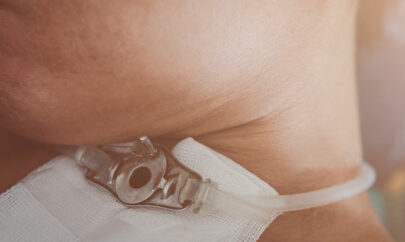
Learn how to use BiPAP with tracheostomy, whether BiPAP requires intubation, and how to ventilate a patient with a tracheostomy for better respiratory care.
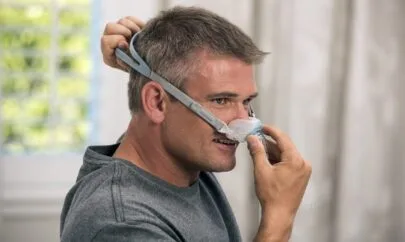
CPAP air too warm? Learn how to adjust ResMed CPAP settings, fix heated hose issues, prevent power supply overheating, and set the right tube temp.

Wondering what is the best CPAP mask? Find the best options for mouth breathers, side sleepers, full face, nasal, and bearded users for ultimate comfort.